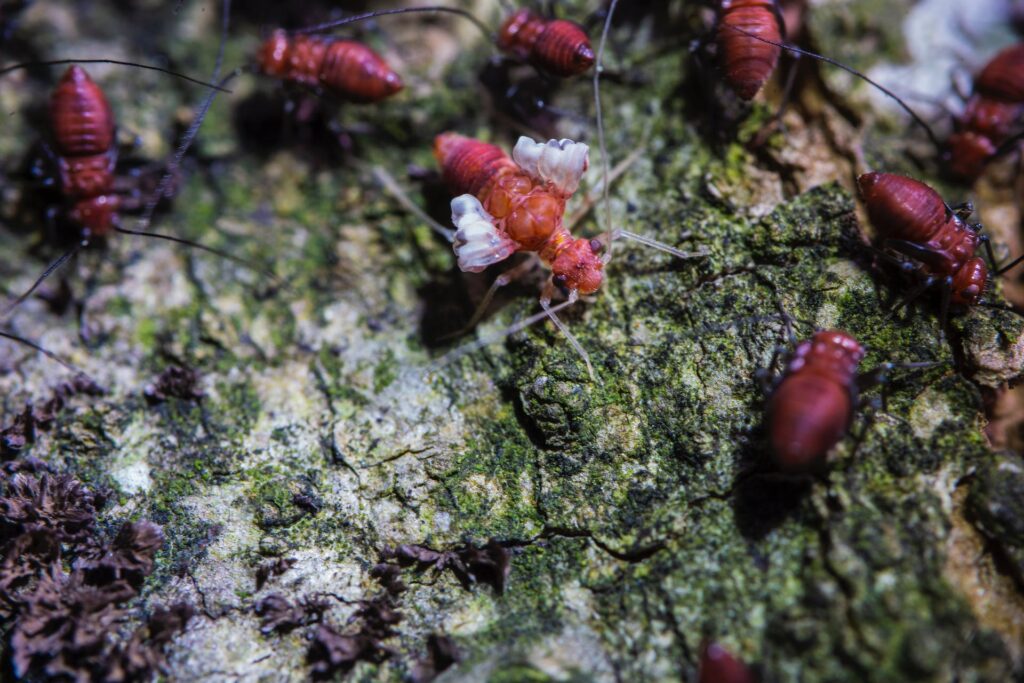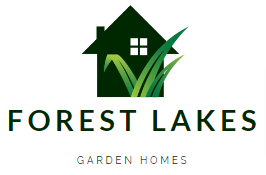Trees, being an essential part of our environment, contribute significantly to the beauty and health of our surroundings. However, just like any living organism, trees are susceptible to pests and diseases that can compromise their well-being. In this comprehensive guide, we will explore effective strategies on how to identify, prevent, and address pest and disease issues to ensure the longevity and vitality of your trees.

Understanding the Signs: Identifying Pests and Diseases
The first step in dealing with pests and diseases is to recognize the signs of trouble. Keep a close eye on your trees for symptoms such as wilting leaves, abnormal discoloration, unusual growths, or the presence of pests. Common pests include aphids, caterpillars, and beetles, while diseases like powdery mildew, leaf spot, and root rot are prevalent. Familiarizing yourself with these indicators is crucial for early detection and intervention.
Maintain Tree Health: A Preventive Approach
Healthy trees are more resilient to pests and diseases. Regularly fertilize your trees to ensure they receive the necessary nutrients for robust growth. Adequate watering and proper mulching also contribute to overall tree health. By keeping your trees strong and vigorous, you create an environment less favorable to pests and diseases.
Pruning for Prevention and Control
Pruning is a valuable tool for preventing and controlling pest and disease issues. Remove dead or infected branches promptly, as they can serve as entry points for pests and pathogens. Additionally, proper pruning enhances air circulation and sunlight penetration, creating an environment less conducive to the development and spread of diseases.
Integrated Pest Management (IPM): A Holistic Approach
Integrated Pest Management (IPM) is a systematic strategy that combines preventive measures, monitoring, and intervention to manage pest and disease problems. This approach involves using biological controls, such as introducing natural predators of pests, and employing cultural practices like crop rotation. Chemical treatments should be a last resort and, if used, should be selected carefully to minimize environmental impact.
Choosing Resistant Tree Varieties
When planning your landscape, consider choosing tree varieties that are resistant or tolerant to common pests and diseases in your region. Local nurseries and arborists can provide valuable insights into the best tree species for your specific location. Planting resistant varieties from the start can significantly reduce the likelihood of pest and disease problems.
Monitoring and Early Intervention
Regular monitoring is essential for detecting issues in their early stages. Conduct thorough inspections of your trees, paying attention to changes in foliage, bark, and overall tree structure. Early intervention, whether through pruning, removing affected branches, or applying targeted treatments, can prevent the escalation of problems and minimize the impact on your trees.
Soil Management: A Foundation for Tree Health
Healthy soil is the foundation of a thriving tree. Conduct soil tests to ensure that your trees receive the right balance of nutrients. Proper drainage is also crucial, as waterlogged soil can lead to root diseases. Mulching around the base of your trees helps retain moisture, regulate soil temperature, and prevent the growth of competing weeds that may harbor pests.
Consulting with Professionals
If you encounter persistent or severe pest and disease issues, it’s advisable to consult with a certified arborist or tree care professional. These experts can accurately diagnose the problem, recommend appropriate treatments, and provide guidance on long-term tree care practices. Professional intervention is particularly crucial for large or valuable trees where the stakes are higher.
Conclusion
Dealing with pests and diseases in your trees requires a proactive and multifaceted approach. By understanding the signs, maintaining tree health, implementing preventive measures, and seeking professional advice when needed, you can safeguard your trees and preserve the beauty of your landscape. Remember that the key to effective pest and disease management lies in early detection, consistent monitoring, and a commitment to overall tree well-being.
